#24 Join Me For a Walk Through Eastern European Streets
How many times can I say 'block of flats'?
Happy Friday—if you’re feeling the cold, dreary autumn today like I am, I hope you have a cosy blanket and a hot cup of your beverage of choice to help you get through the day.
Just yesterday, we went on our daily walk and realised how this year the autumn just flicked a switch, and suddenly leaves covered the pavement, puddles grew in size, and hats became a daily consideration before leaving home. Usually, it’s more of a gradual transition, but this year has been a little all over the place.
It doesn’t seem it was that long ago we enjoyed the sunshine and warmth. I haven’t even finished editing all the photos from the few days we went to the beach back home in Latvia.
Speaking of which—Latvia, not the beach—I have finished something I want to share with you today. After flying back, I briefly shared about this topic in a few of my newsletters.
Let’s talk ‘microrayons.’ If you’re not familiar with the urban landscape of Eastern Europe, you may not have come across this topic.
Architect Līga Ramata is one of today’s voices sharing about this on her Instagram by providing historical context and architectural knowledge.
So, what are ‘microrayons’ and what’s their role in post-Soviet countries like Latvia?
Here’s a brief summary of Līga’s proposed project shared on Neighbourhood Index:
Microrayons are concentrated areas of 3,000-5,000 residents in former Soviet states, composed of standardized prefabricated housing blocks.
They were designed to provide easy access to facilities and services but imposed a socialist way of life.
Today, around 2/3 of Latvians still live in these areas, which they associate with unwelcoming architecture and public spaces.
The project aims to transform microrayons into social condensers that enrich residents' lives, as imagined by Soviet architect M. Ginzburg.
The goal is to rethink everyday life in Riga's microrayons, tackle their isolation, encourage reclaiming of space, and reintegrate them into the city.
This serves as a starting point to reassess Soviet architectural heritage without denying its merits and allows citizens to reidentify with the city.
It’s no secret that these cement blocks can look uninviting, cold, almost daunting—especially to visitors. The façade hides what’s inside: elderly pensioners, students, young parents, remote workers on Zoom calls and Slack, families.
On the first floor (or ground floor, depending on what you call it), you may find small shops and hair or beauty salons.
It’s what we grew up with because dismantling such vast areas would be impossible. So, the change is slow—as a fancy new block of flats pops up and new families move in, others get left behind.
Some blocks of flats get a facelift to bring it back up to the 21st century.
So, the dull exterior aside, what’s life like in these neighbourhoods?
Not once growing up have I sneered at these buildings. We’ve lived in three different flats, some better than others.
Most of my friends lived in flats like these, so hanging at their place after school always gave me this sense of familiarity as we spent time in their bedrooms or hung out on the stairs in the corridor—usually up to no good with something.
In some rougher neighbourhoods, others would often drink or do drugs in the corridor, often on the top floor, away from the everyday residents coming in and out of the building. Others would vandalise the postboxes on the first floor or leave graffiti on the walls.
But we played for hours in front of our homes, making the most of whatever the outdoor communal area offered us. The fact that these buildings were a leftover from an oppressive regime was not on our radar. Why would it?
I was lucky to have always lived near nature. You may associate neighbourhoods like these with vast areas full of pavement, but the places I lived during my teen years were a stone’s throw away from a lake. And forest.
But you can tell the neighbourhoods are now slowly changing. New initiatives are put in place to improve the communal areas. It’s a process.
Capturing these streets was an experience in itself. I dragged my mum and my partner out a couple of times to wander around with me. We looked like a group of officials, especially as some of the elderly looked at us with a typical Soviet-style suspicion.
Me, with a camera, my mum, and my partner. We said, all we need is my mum to carry a pen and notebook, while I take photos, and my partner loudly speaks in English—like we’re from some foreign commission sent here to disrupt the rhythms of everyday life and document neighbourhood transgressions to report back.
I’ve always been fascinated by windows, but this time, balconies caught my eye, too. Though these buildings can appear uniform from a distance, the balconies are like front gardens—offering a glimpse into how others live and what they choose to display.
Some overflow with plants, others with laundry lines or children's toys. The diversity of styles and tastes on each balcony provides a hint of the unique lives unfolding behind identical facades
Architecture intertwining with history is a fascinating topic. Every building was built with purpose—whatever that may be. And seeing how things have changed is just as fascinating.
I hope you enjoyed this brief virtual walk through the streets with me. I’ll be sure to share all of the images from this series in my photography journal next week. Have a great weekend!
That’s all from me this week—if you enjoyed this newsletter issue and haven’t subscribed yet, you can click the button below. I’d love to have you here! Hopefully, catch you next week. ✨

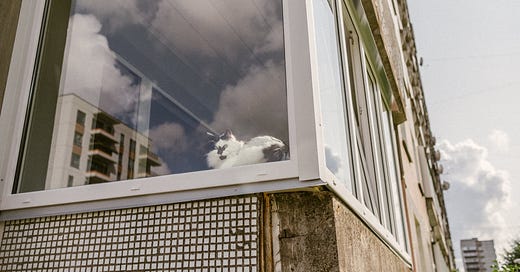


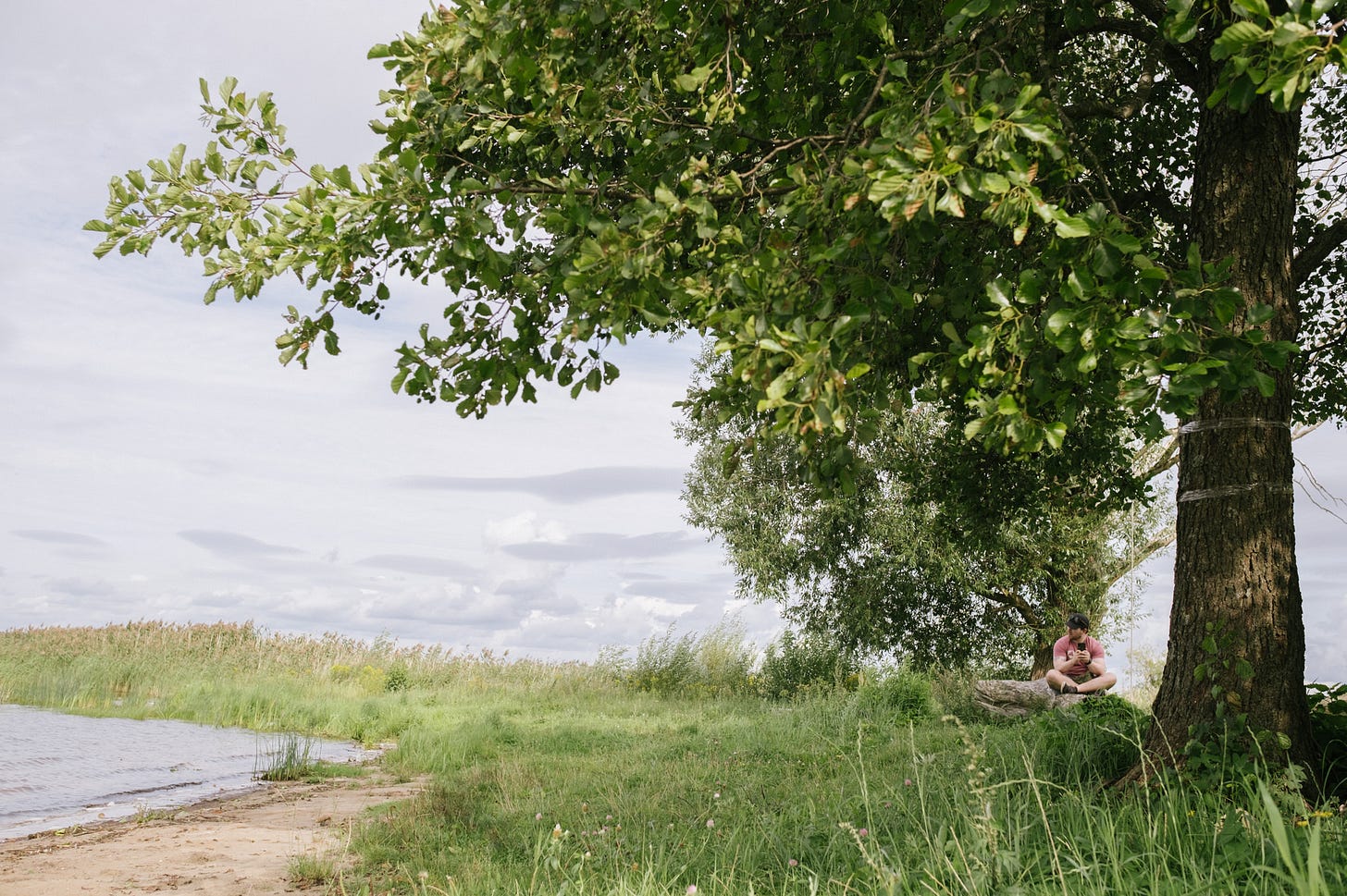





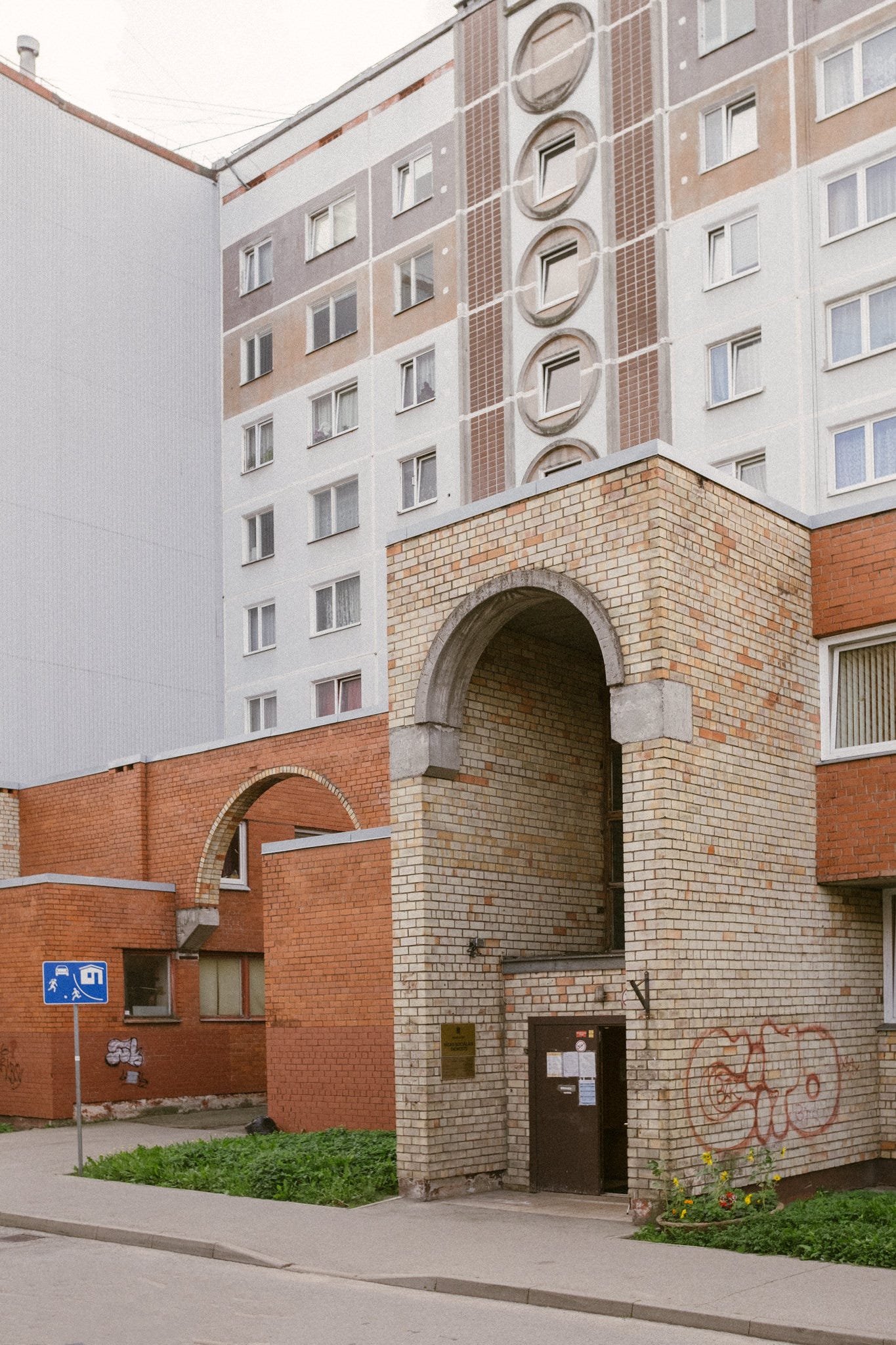
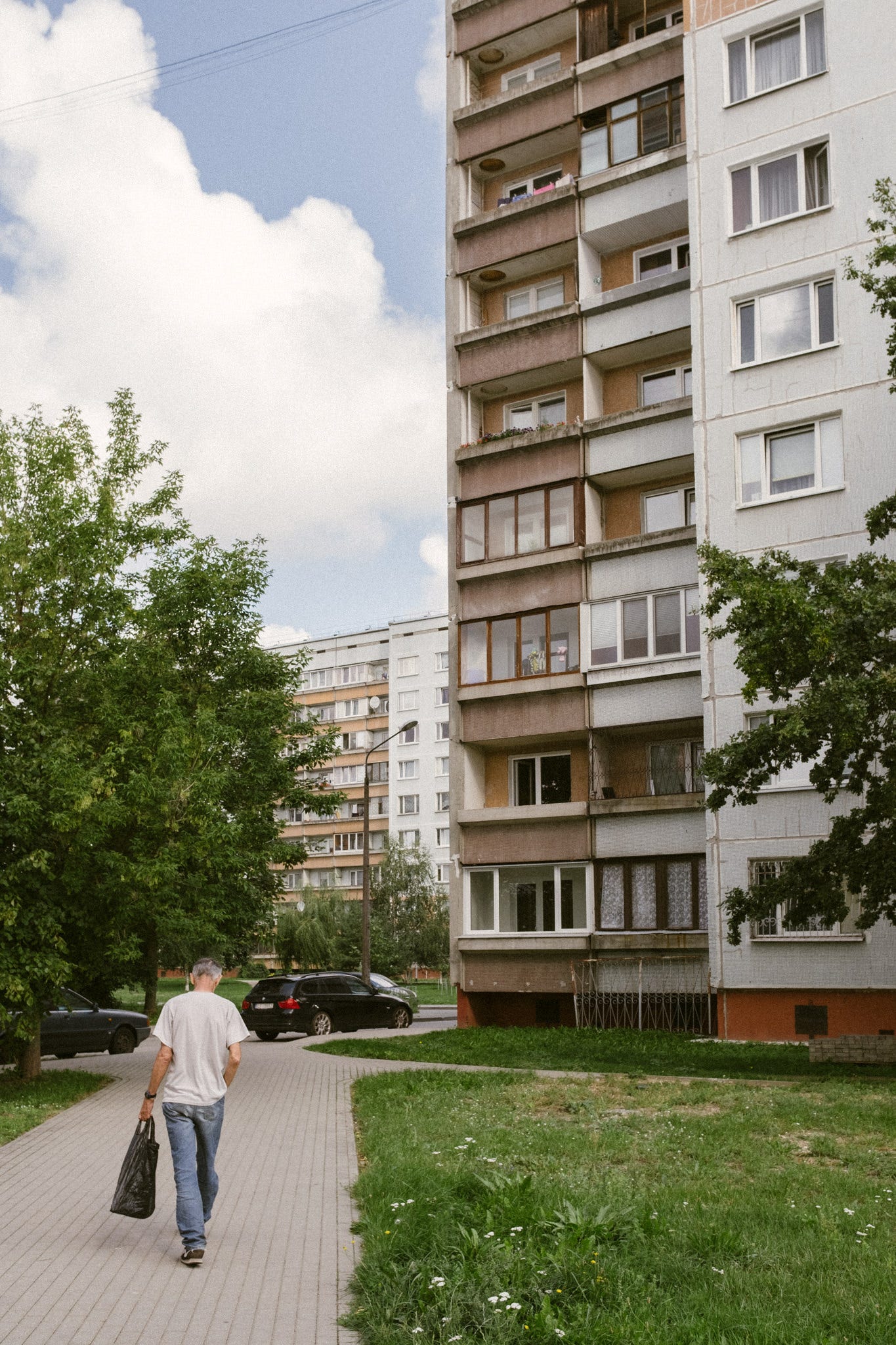
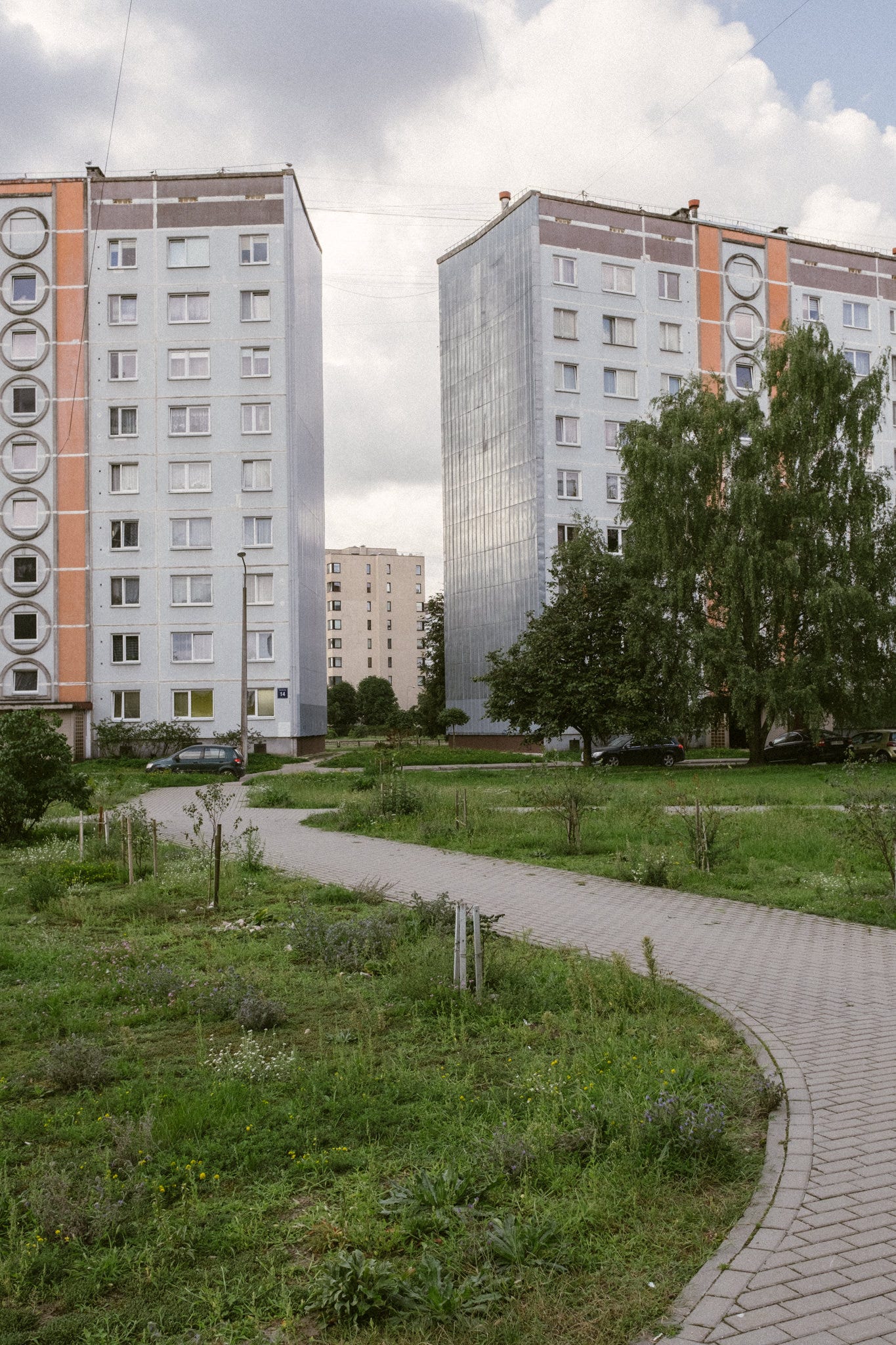

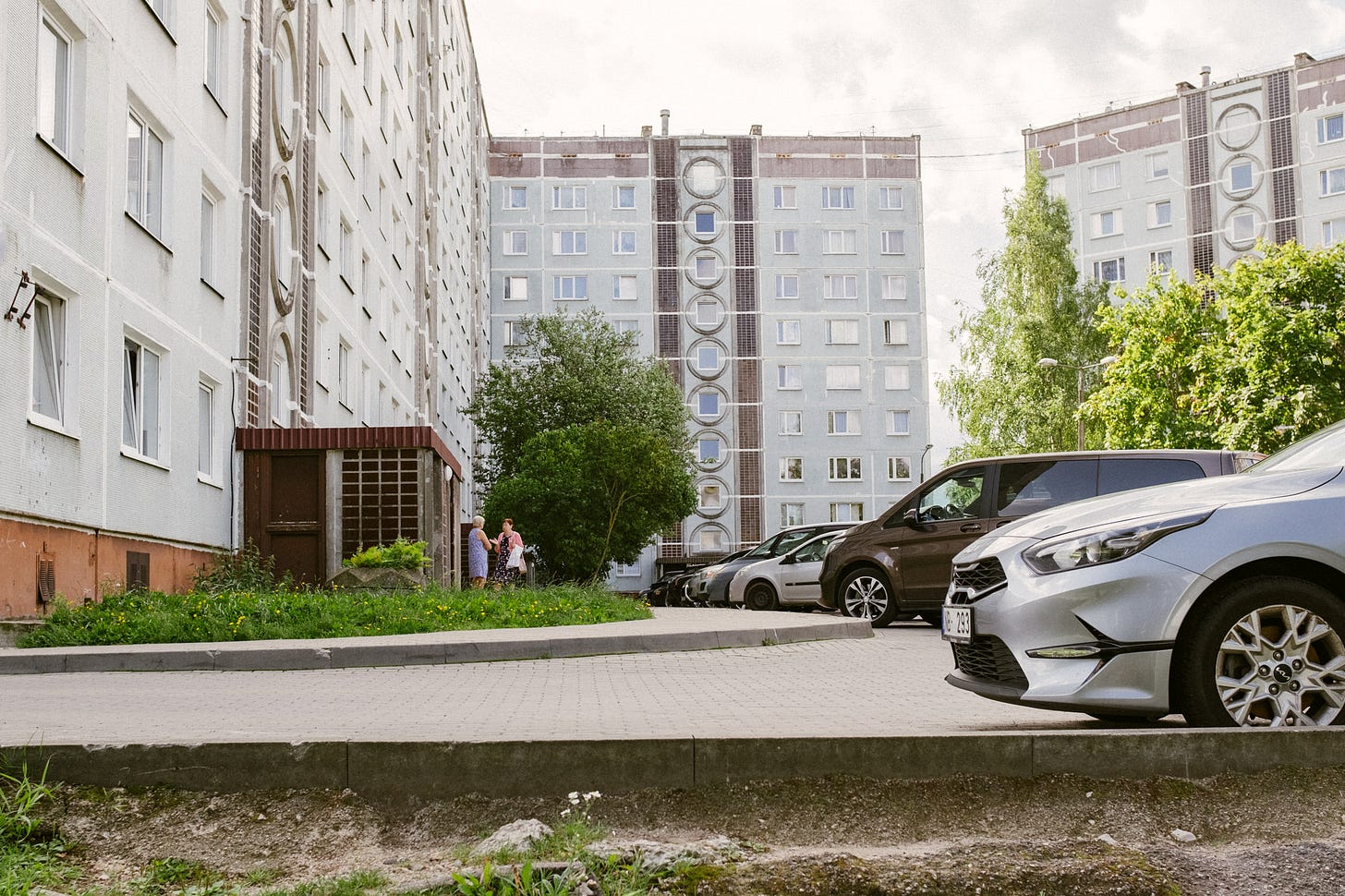
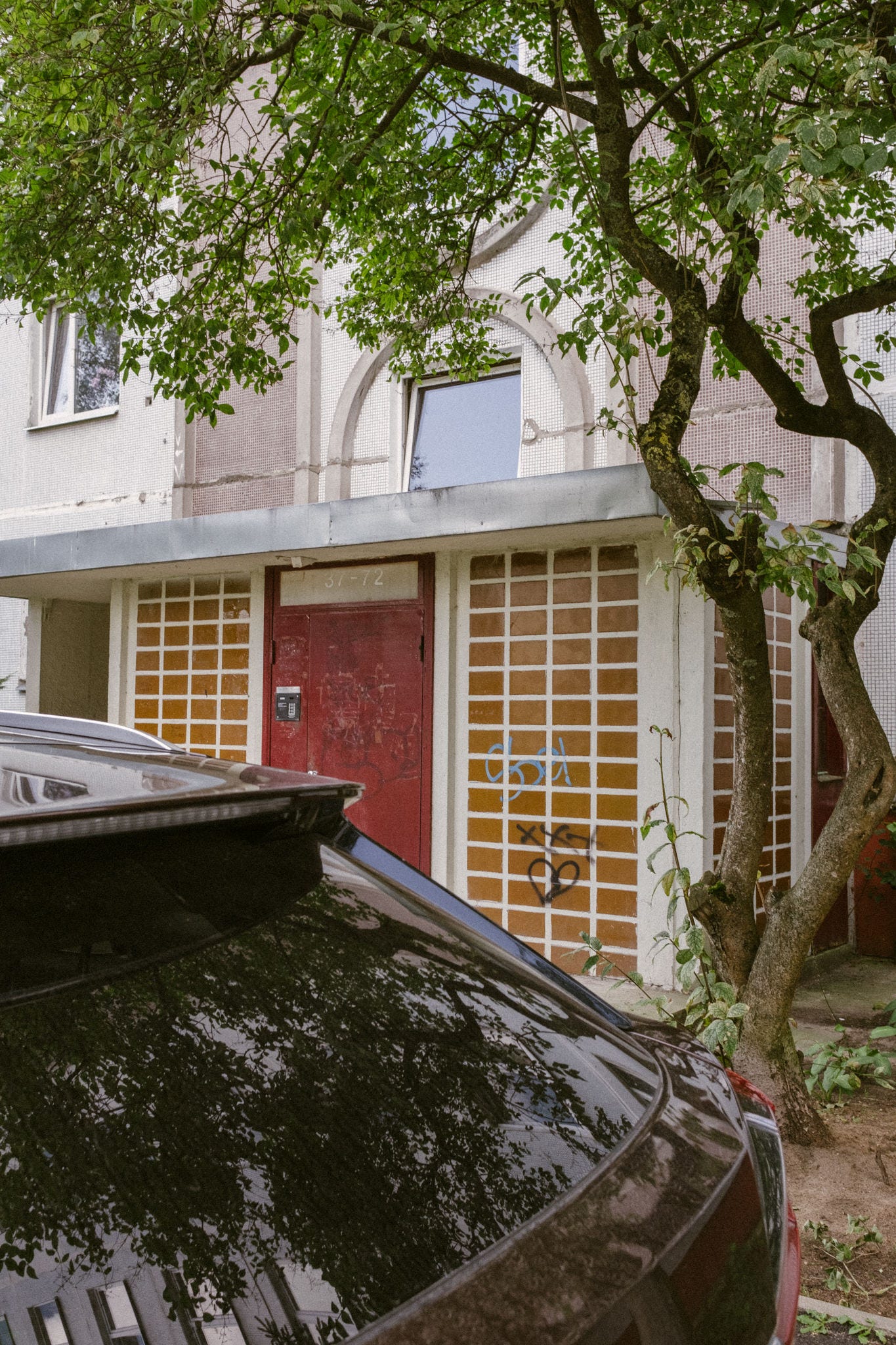

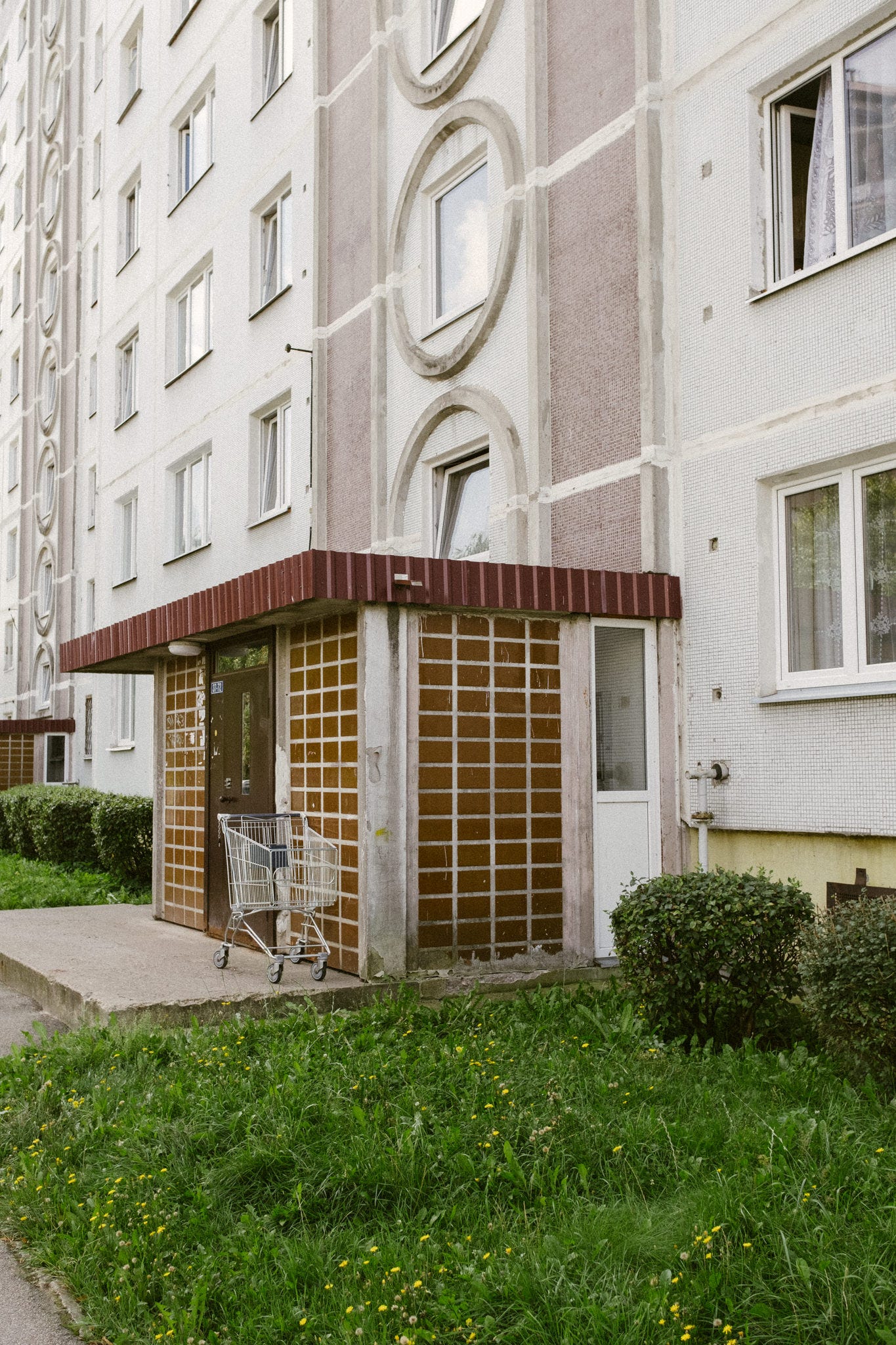


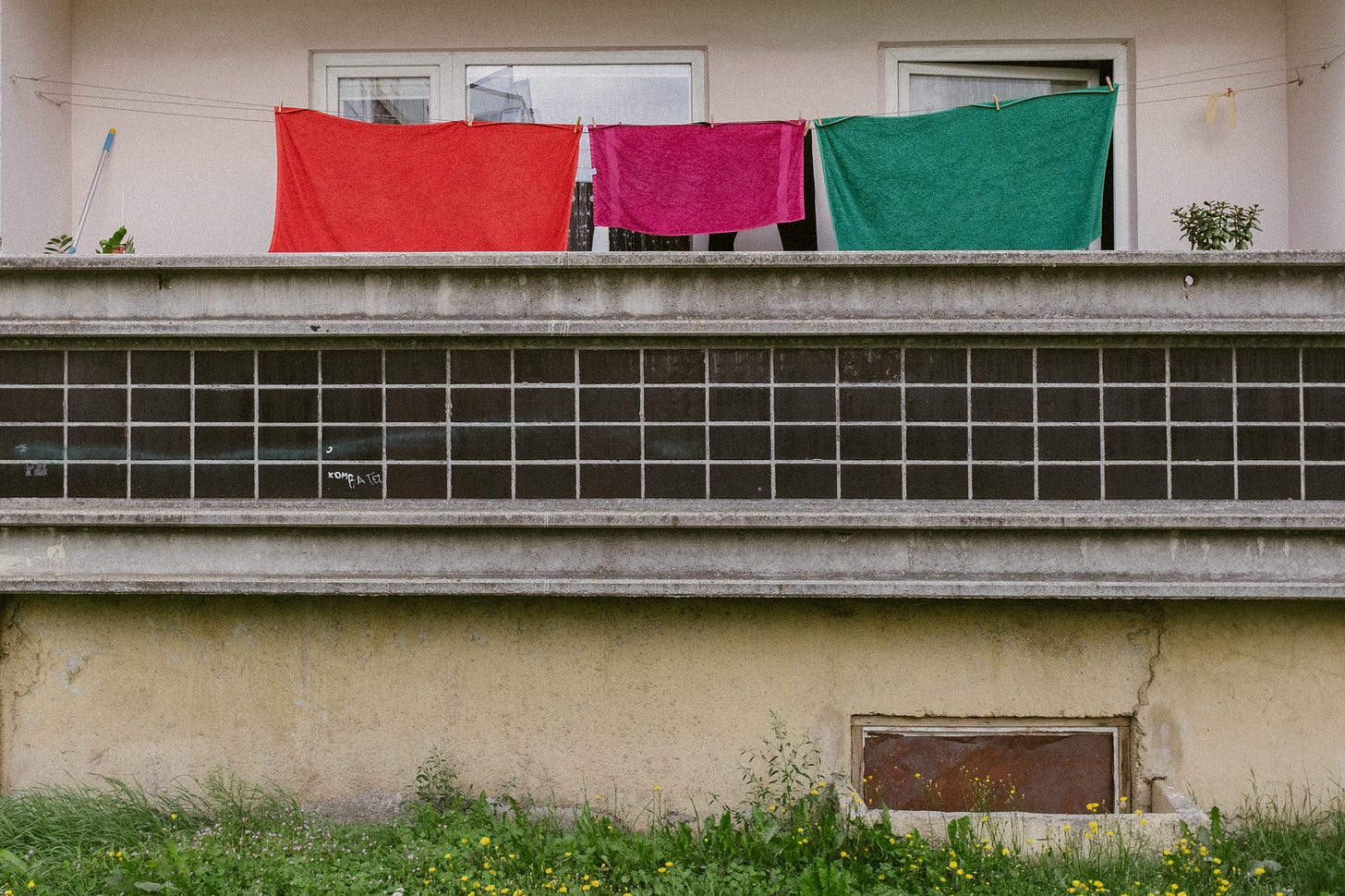
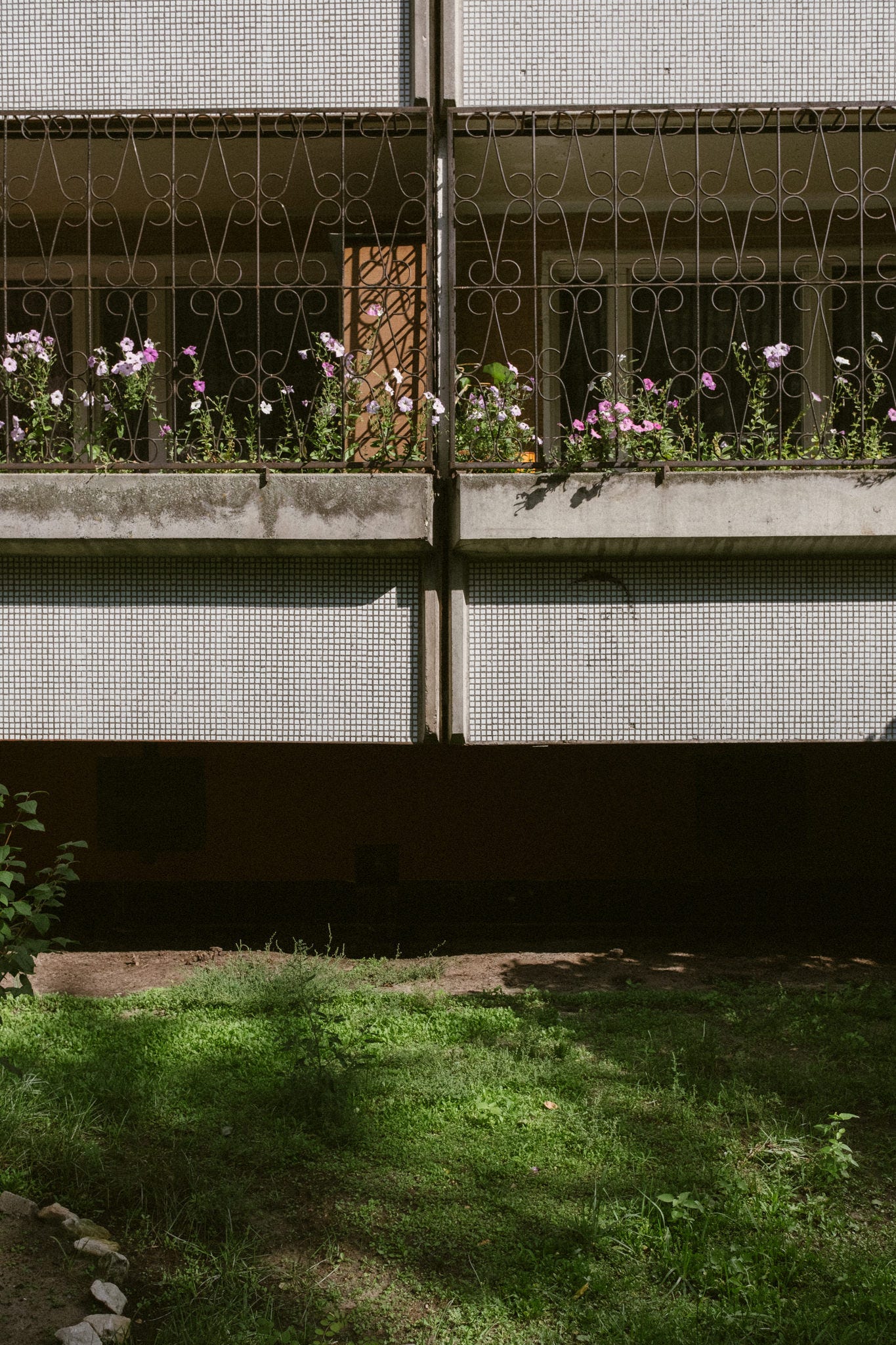
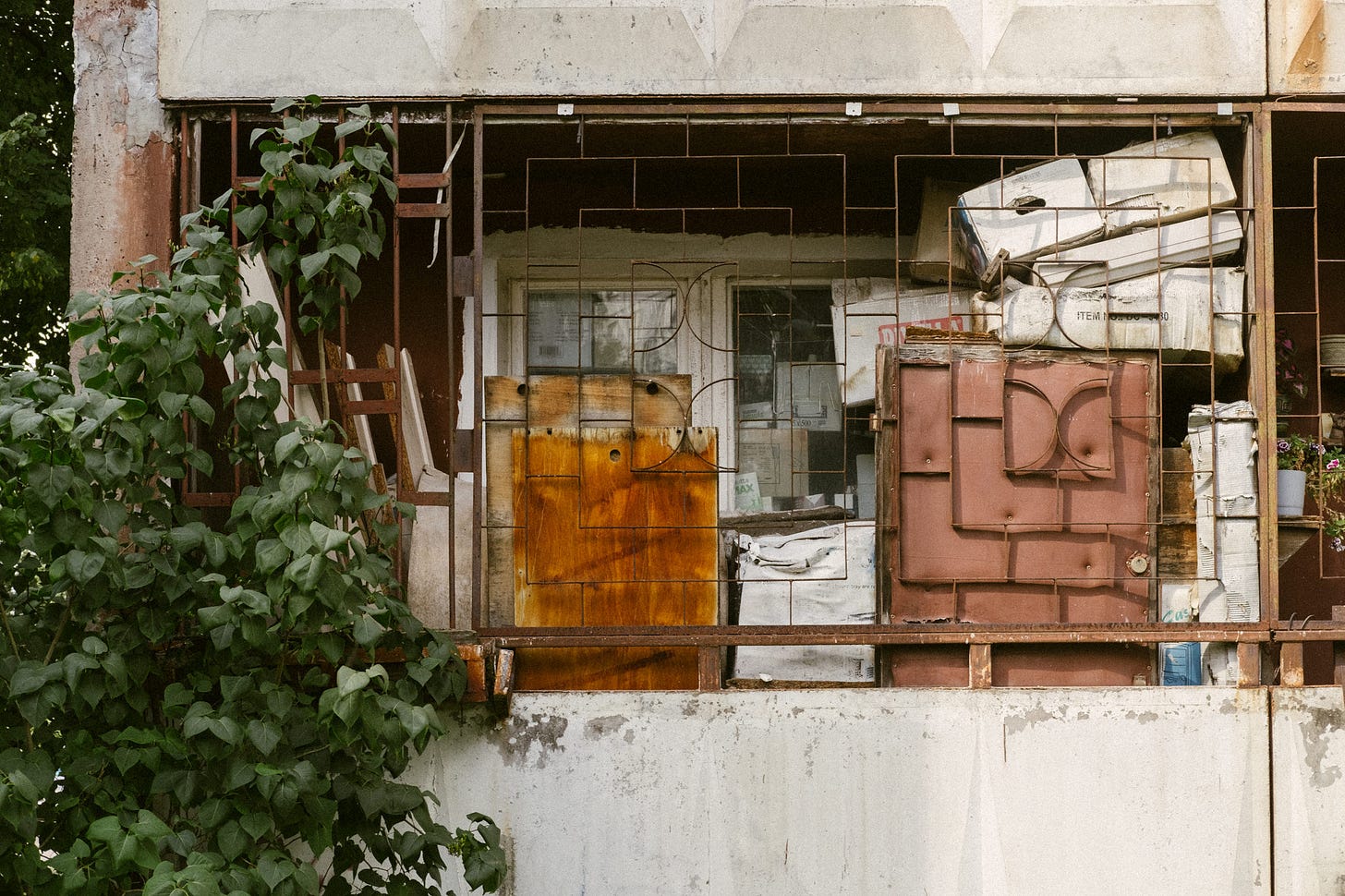
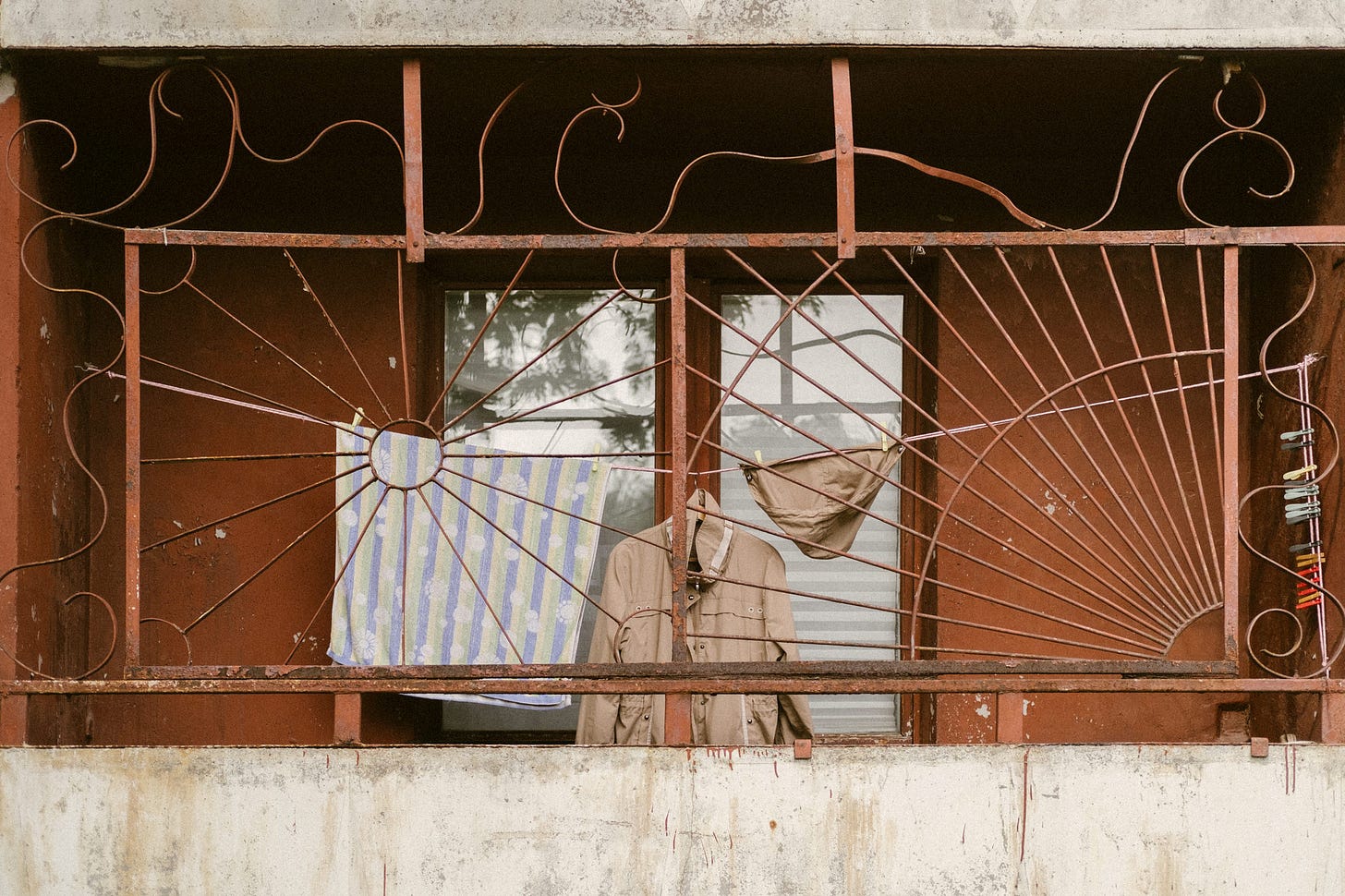
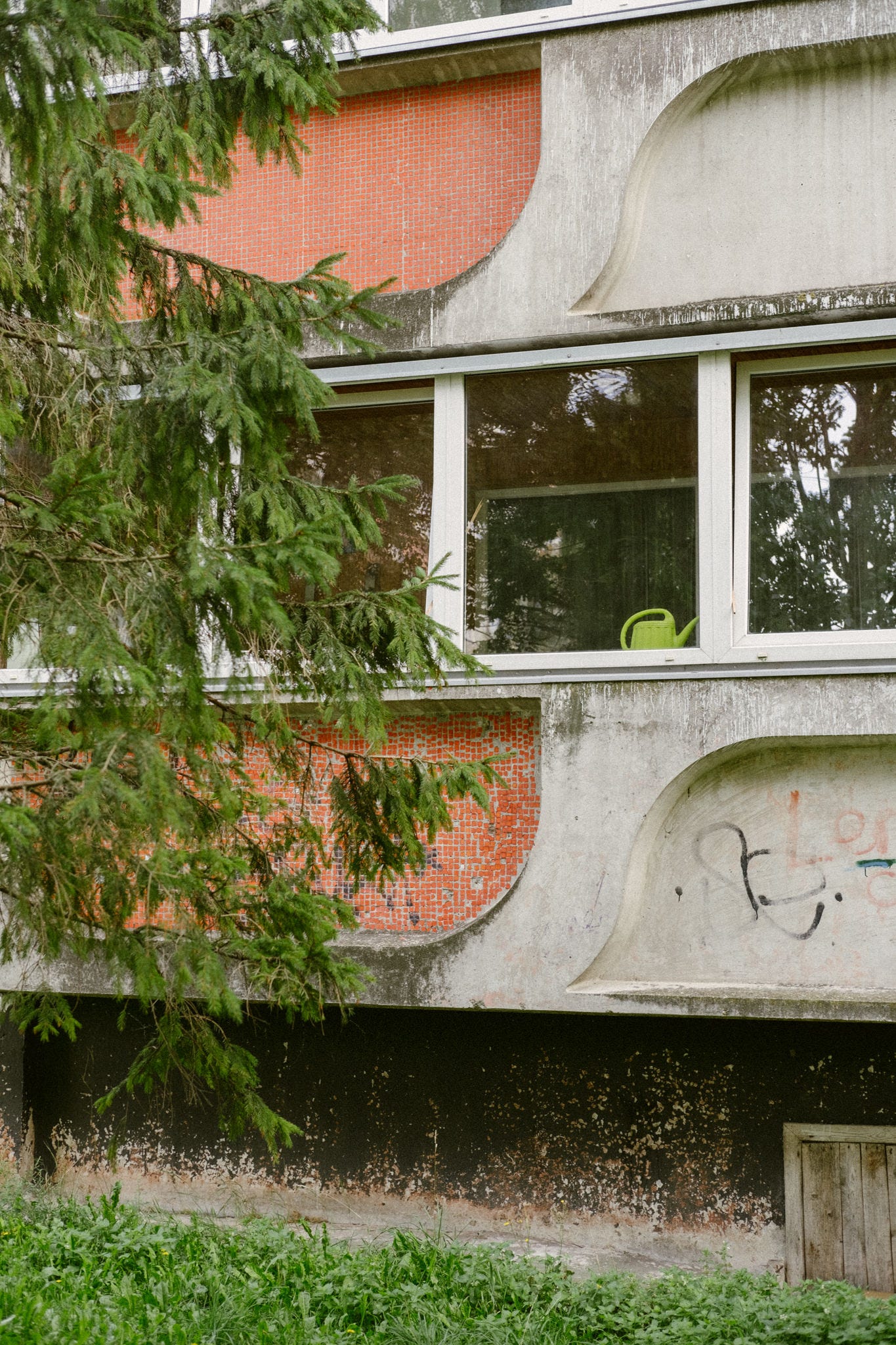
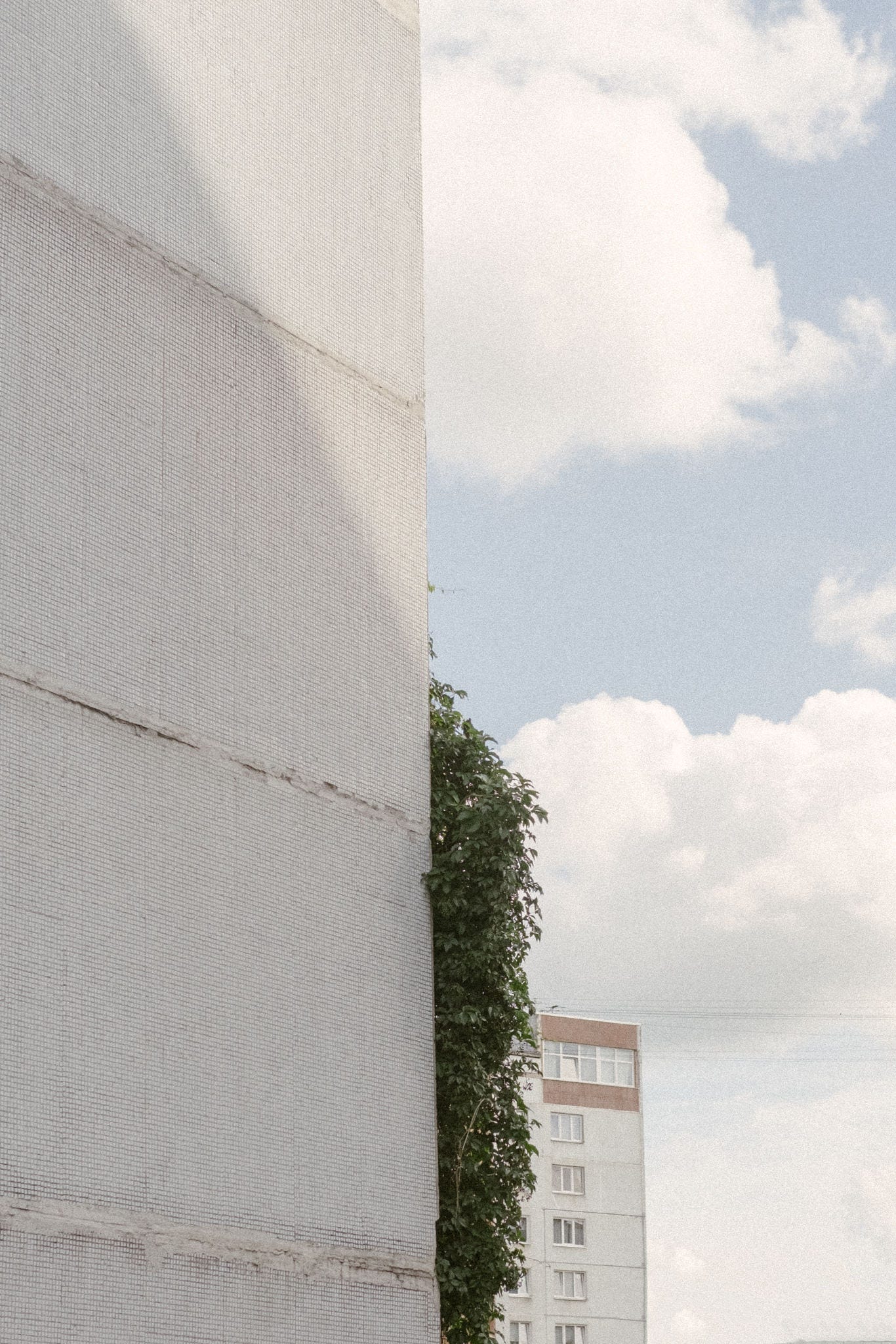
Great tour!
Friday I am linking my article on architecture to this story. The US did experiment with apartment blocks for 'urban renewal' in the twentieth century. It was considered a disaster. You do such an excellent job of telling us what life was really like there.